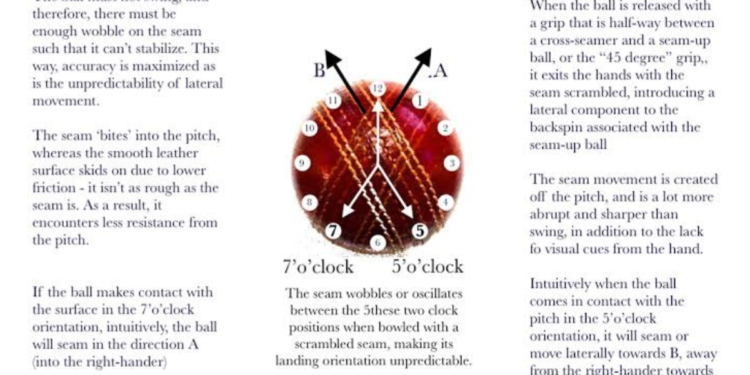Overs in cricket explained
In cricket, an over refers to a set of six consecutive legal deliveries bowled by a single bowler from one end of the pitch to the batsman at the other end. The number of overs in a match varies depending on the format being played. In limited overs matches like One Day Internationals (ODIs) and T20s, each team is allocated a specific number of overs to bat and bowl. In Test matches, there is no limit on the number of overs that can be bowled in a day, with each team having to bowl a minimum number of overs within a designated period.
The concept of overs is crucial in determining the pace and duration of a cricket match. Each over presents an opportunity for the bowling team to restrict the batsmen from scoring runs while offering the batting team a chance to accumulate runs. A bowler can deliver a variety of balls within an over, including fast-paced deliveries, slower balls, bouncers, and yorkers, strategically aiming to dismiss the batsman or contain the run rate. The management of overs is a strategic aspect of the game, with captains and coaches often making critical decisions on which bowlers to use and when to deploy them to maximize their team’s performance.
Standard number of overs in a One Day International (ODI) match
In cricket, a One Day International (ODI) match typically consists of a set number of overs that each team faces when batting. The standard number of overs in an ODI match is 50 for each team, resulting in a total of 100 overs in the entire game. This format allows for a balance between showcasing players’ skills in both batting and bowling within a limited time frame.
The 50-over format in ODI matches provides an opportunity for teams to strategize and pace their innings effectively. Teams aim to score runs consistently while also managing wickets to set or chase a target successfully. The standard number of overs ensures that the game is completed within a reasonable time, offering a thrilling experience for players and spectators alike.
Difference in overs between ODI and Test matches
In the world of cricket, one significant aspect that sets One Day Internationals (ODIs) apart from Test matches is the difference in the number of overs bowled by each team. In ODI matches, each team is typically allowed to bowl 50 overs unless there are interruptions due to weather conditions or other factors. This limited number of overs places a premium on scoring quickly and efficiently for the batting side, as they have a restricted amount of time available to accumulate runs.
On the other hand, Test matches, known for their longer duration and emphasis on patience and endurance, do not have a fixed number of overs allocated to each team. Instead, Test matches are played over a maximum of five days, with each team given two innings to bat and bowl. The absence of a set limit on overs in Test matches allows for a more strategic approach to the game, with teams having the flexibility to build innings steadily or declare to push for a result.
Impact of rain on the number of overs in a match
Rain has been a constant element of uncertainty in cricket matches around the world. When rain interrupts a match, the number of overs can be reduced based on the duration of the delay. The Duckworth-Lewis-Stern method is commonly used to calculate revised targets in case of rain disruptions.
The impact of rain on the number of overs in a match can significantly alter the dynamics of the game. Teams often need to adjust their strategies based on the revised number of overs, leading to a more intense and fast-paced style of play. Additionally, rain interruptions add an element of unpredictability, making the matches more thrilling for both players and spectators.
Powerplay overs in limited overs cricket
Powerplay overs in limited overs cricket are a strategic phase of the game where batting and fielding restrictions are in place. These overs provide an opportunity for the batting team to capitalize on scoring runs freely, while the fielding team aims to take quick wickets to restrict the opposition’s total. Typically, Powerplay overs are designated in different segments during an innings, such as mandatory restrictions at the start, and optional ones selected by the batting team.
During Powerplay overs, the fielding team is required to have a specific number of fielders inside the 30-yard circle, allowing the batting side more scoring opportunities. Conversely, the bowling team must carefully strategize their deliveries to contain runs and take crucial wickets during these crucial periods of the game. Effective utilization of Powerplay overs can significantly impact the outcome of a limited overs cricket match, making it a crucial element that both teams meticulously plan for and execute on the field.























